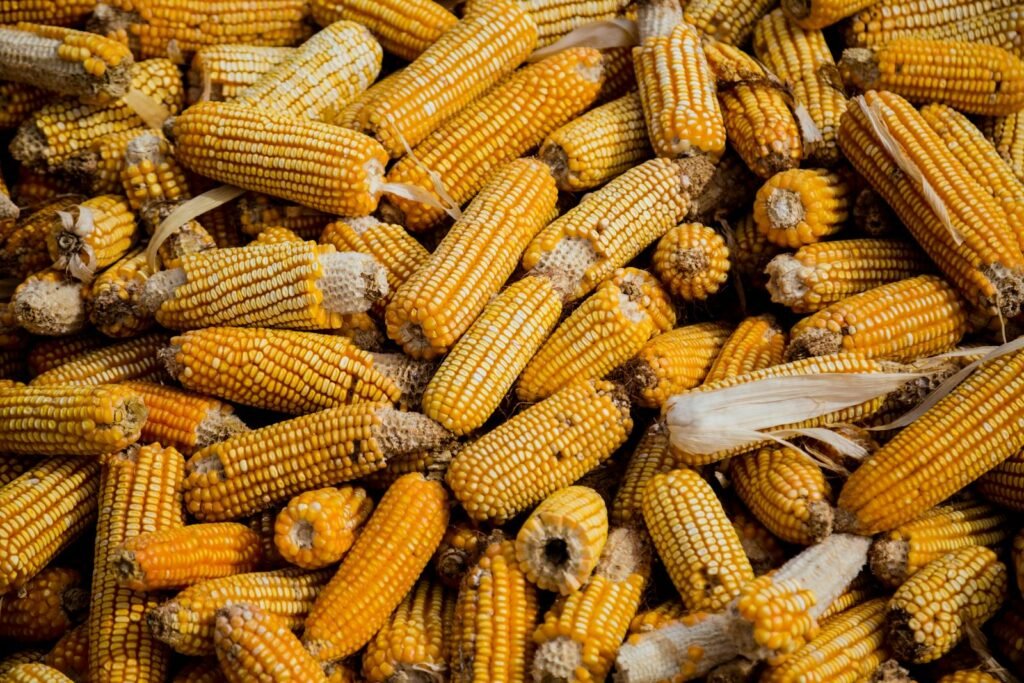Picture this: you’re strolling through a grocery store, grabbing a bag of popcorn kernels, completely unaware that you’re holding one of humanity’s most dramatic genetic success stories. That golden corn didn’t just happen naturally – it’s the result of thousands of years of accidental genetic manipulation that transformed a nearly inedible wild grass into the agricultural powerhouse feeding billions today. What started as desperate hunger-driven experimentation by ancient civilizations has become one of the most shocking examples of human-directed evolution on Earth.
The Wild Ancestor That Barely Resembles Modern Corn

Deep in the mountains of Mexico grows a humble grass called teosinte, and if you saw it today, you’d never guess it’s corn’s great-great-great-grandmother. This wild plant produces tiny seeds about the size of a peppercorn, each encased in a rock-hard shell that would crack your teeth if you tried to bite it. The entire “ear” of teosinte contains maybe five to ten of these minuscule kernels, hardly enough to sustain a mouse, let alone feed a family.
Scientists estimate that teosinte and modern corn share about 99% of their DNA, yet they look as different as a Chihuahua and a wolf. This genetic similarity hiding such dramatic physical differences represents one of nature’s most stunning transformations. The plant that ancient Mesoamericans first encountered around 9,000 years ago was basically an agricultural dead end – or so it seemed.
Ancient Farmers Playing Genetic Roulette

Around 7,000 years ago, indigenous peoples in central Mexico began the world’s first unintentional genetic experiment. They didn’t understand DNA or heredity, but they noticed something crucial: occasionally, a teosinte plant would produce slightly larger seeds or more of them. These observant farmers made a decision that would reshape human civilization – they saved and replanted only the seeds from the “best” plants.
This selective breeding process was like playing evolutionary roulette with incredibly high stakes. For every generation that produced better crops, dozens of attempts likely failed completely. These early agriculturalists were essentially conducting genetic research without knowing it, manipulating the plant’s genome through careful selection pressure. Their patience and persistence over hundreds of generations created the first recognizable corn varieties.
The Chromosome Shuffle That Changed Everything
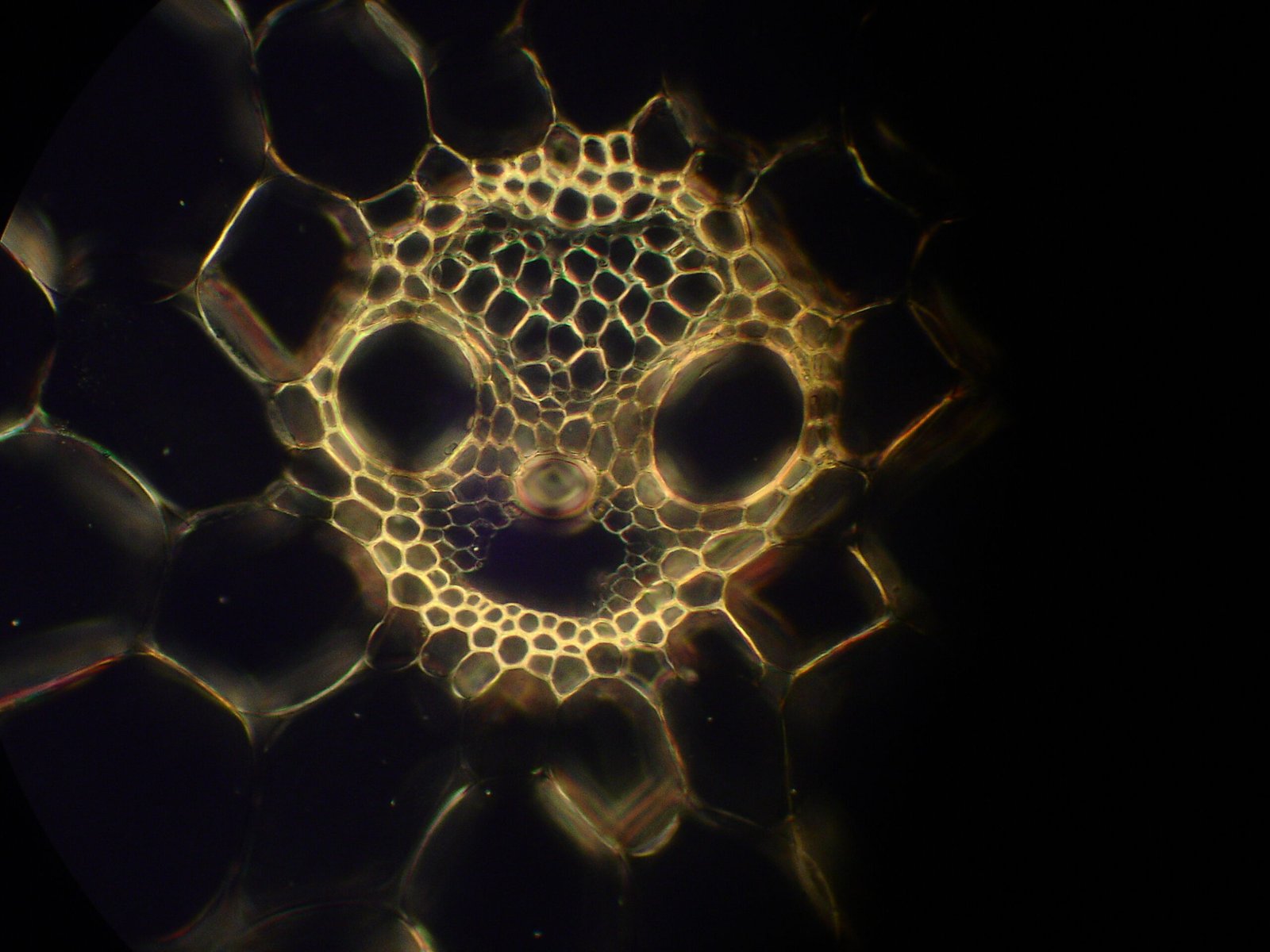
Modern genetic analysis reveals that corn’s transformation involved some serious chromosomal gymnastics. Teosinte has 20 chromosomes, while corn has exactly the same number, but they’re arranged completely differently. During those crucial early generations, massive chromosomal rearrangements occurred – segments flipped, duplicated, and relocated in ways that would make a genetics textbook dizzy.
One particularly dramatic change involved the doubling of certain gene sequences that control kernel size and arrangement. This genetic accident, preserved and amplified by human selection, is why modern corn ears can hold hundreds of kernels instead of teosinte’s measly handful. The plant essentially underwent a genetic revolution while humans watched and encouraged the most beneficial mutations.
When Plants Became Completely Dependent on Humans

Here’s where the story gets truly bizarre: modern corn has become so genetically modified by human intervention that it literally cannot survive without us. Unlike its wild ancestor, corn kernels are permanently attached to the cob and wrapped in husks so tightly that they can’t disperse naturally. If humans disappeared tomorrow, corn would vanish within a few growing seasons.
This creates an almost symbiotic relationship where corn depends entirely on human cultivation for reproduction, while humans depend on corn for food security. We’ve accidentally created a plant that’s essentially a genetic prisoner, unable to return to the wild even if it wanted to. It’s like we’ve bred a bird that can’t fly – except this bird feeds a significant portion of the world’s population.
The Kernel Size Explosion

The difference in kernel size between teosinte and modern corn is absolutely mind-blowing. Teosinte kernels are roughly 3-12 millimeters long, while modern corn kernels can reach up to 20 millimeters – that’s nearly double the size. But size isn’t the only dramatic change; the internal structure has been completely revolutionized.
Modern corn kernels contain mostly starchy endosperm designed for human consumption, while teosinte kernels are primarily protective shell. This means that what we eat today is essentially a genetically engineered food storage system that ancient plants never intended to create. The transformation is so complete that nutritionally, we’re eating an entirely different organism than what nature originally produced.
Color Varieties That Defied Natural Selection

Wild teosinte comes in pretty much one color: brownish-black. But human selection pressure has created corn varieties in nearly every color imaginable – white, yellow, red, blue, purple, and even multicolored rainbow varieties. These colors often provide no survival advantage to the plant and might even make it more visible to predators in the wild.
The fact that these colorful varieties exist at all proves how dramatically human preferences have overridden natural selection. We’ve essentially turned corn into living art, prioritizing aesthetics and cultural significance over survival fitness. Some indigenous communities developed specific color varieties for ceremonial purposes, creating genetic lineages that exist purely for human spiritual and cultural needs.
The Yield Explosion That Defied Logic

A single teosinte plant might produce 50-100 tiny seeds if it’s having a spectacular year. A modern corn plant can produce over 1,000 kernels on a single stalk, with each kernel containing significantly more calories and nutrients. This represents a yield increase of roughly 1,000% – imagine if your salary suddenly increased by that much!
This dramatic productivity boost didn’t happen overnight. Each generation of corn that ancient farmers selected and replanted pushed the plant further from its natural state and closer to the agricultural powerhouse we know today. The cumulative effect of thousands of years of human-directed selection created a plant that produces more food per square foot than nature ever intended.
Genetic Switches That Revolutionized Plant Architecture
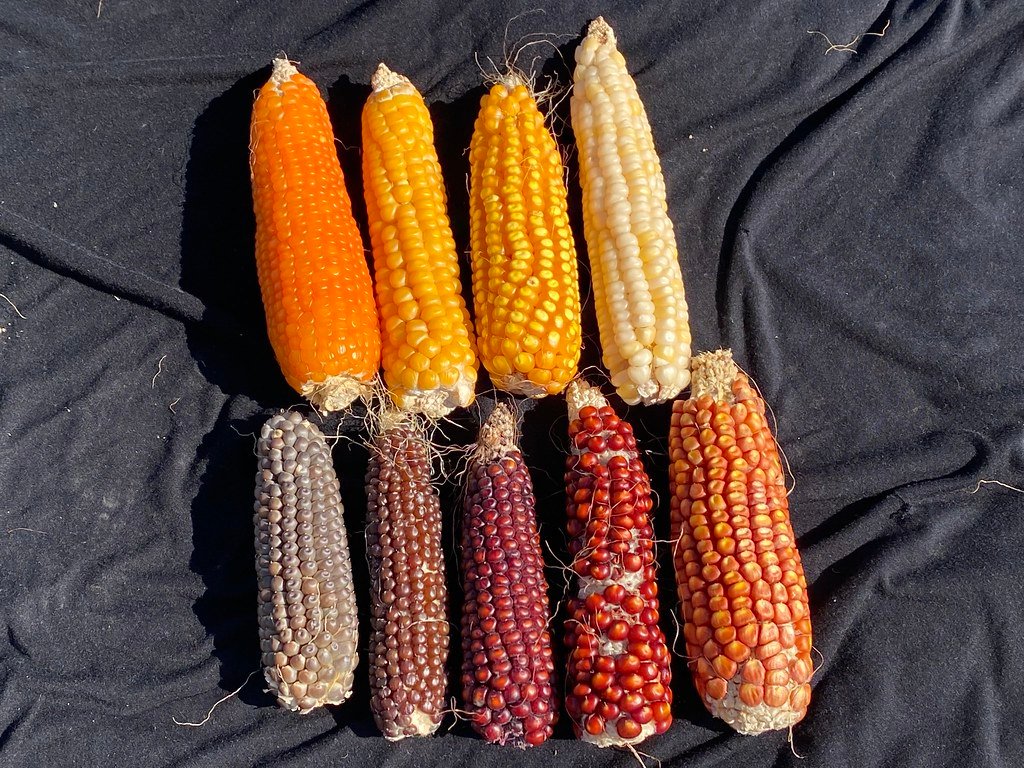
Modern genetic research has identified specific gene mutations that transformed corn’s basic body plan. One crucial change involved genes controlling “apical dominance” – basically, how many branches a plant grows. Teosinte naturally grows multiple small branches with tiny seed clusters, while corn concentrates all its energy into one or two massive ears.
Another revolutionary genetic switch controls kernel attachment. Teosinte kernels fall off easily when ripe (perfect for natural seed dispersal), while corn kernels stay permanently attached to the cob (perfect for human harvesting). These genetic modifications represent fundamental changes in how the plant allocates resources and reproduces – changes that would probably be lethal in the wild.
The Protein Content Transformation

Here’s something that might surprise you: teosinte actually has higher protein content than modern corn. While this might seem like a step backward, it’s actually evidence of human dietary preferences shaping plant genetics. Ancient peoples selected for larger, starchier kernels that provided more calories and energy, even if it meant slightly less protein per kernel.
This trade-off reveals how human nutritional needs during times of scarcity influenced plant evolution. When your primary concern is avoiding starvation, you select for maximum caloric output, not necessarily optimal protein balance. Modern corn varieties are essentially optimized for carbohydrate production – a genetic modification that reflects ancient human survival priorities.
The Pollination System Overhaul

Teosinte and corn have completely different approaches to reproduction, and this difference illustrates just how dramatically human selection has altered the plant’s basic biology. Teosinte flowers (called tassels) are much smaller and produce less pollen, while modern corn produces massive tassels that release enormous pollen clouds – sometimes visible from miles away.
This change occurred because humans consistently selected plants that produced more kernels, which required more successful pollination. Over generations, corn evolved increasingly elaborate pollination systems to meet human demands for higher yields. We accidentally created a plant that’s essentially a reproduction overachiever, producing far more pollen than it would ever need in a natural environment.
Regional Varieties That Tell Human Migration Stories

As corn spread throughout the Americas, different human populations adapted it to their specific environments and needs, creating distinct regional varieties that serve as genetic libraries of human migration and cultural development. Northern varieties developed shorter growing seasons and cold tolerance, while tropical varieties evolved different nutritional profiles and disease resistance.
These regional adaptations happened so quickly (in evolutionary terms) that they provide a genetic roadmap of human expansion and cultural exchange. Each variety represents a unique collaboration between human selection pressure and local environmental conditions. Some varieties were specifically developed for particular uses – popcorn for entertainment, dent corn for animal feed, sweet corn for direct consumption.
The Timing Revolution

Modern corn varieties can produce mature ears in as little as 60-70 days, while teosinte takes much longer and has a more unpredictable maturation schedule. This timing revolution represents another major genetic modification that ancient farmers achieved through patient selection over hundreds of generations.
Fast-maturing corn allows multiple harvests per year in suitable climates and reduces the risk of crop loss due to weather or pests. This genetic modification for rapid growth has made corn one of the most reliable food sources in human history. The plant essentially learned to live on human time rather than natural seasonal cycles.
Modern Hybridization Accelerating Ancient Processes
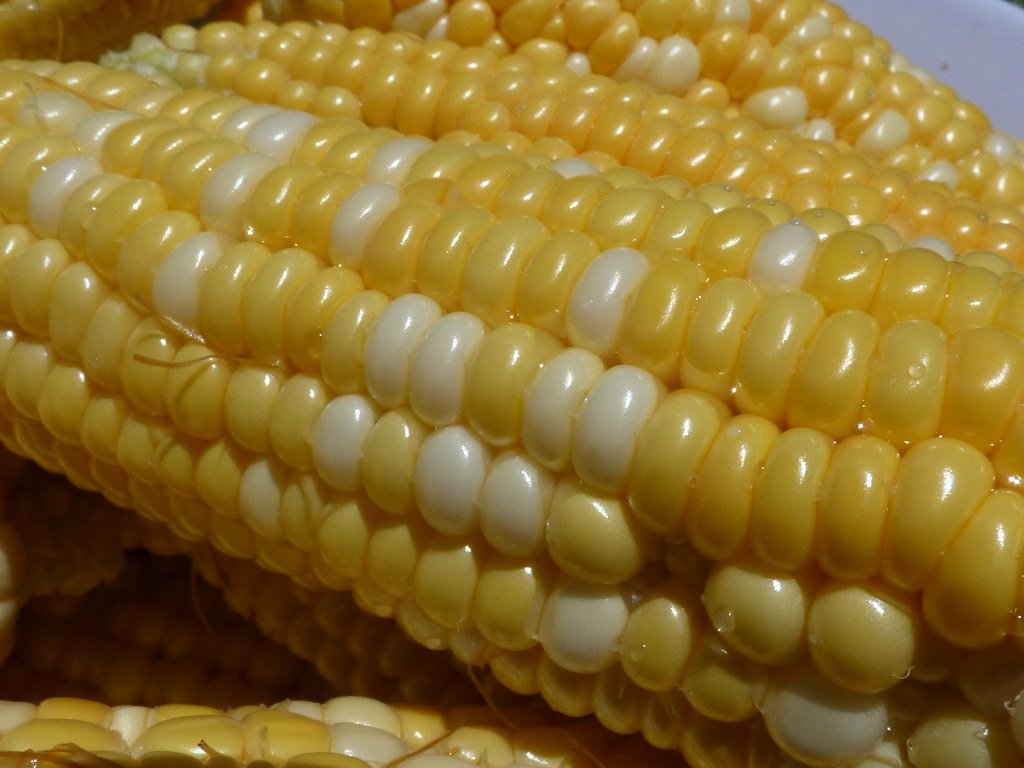
What ancient farmers accomplished over thousands of years, modern plant breeders can now achieve in decades through sophisticated hybridization techniques. Contemporary corn varieties combine genetics from multiple ancestral lines, creating plants with traits that could never have emerged through natural selection alone.
Modern hybrid corn often produces 30-50% higher yields than traditional varieties, representing a continuation of the same genetic experimentation that began with teosinte. However, these hybrids are often sterile or produce inferior offspring, making farmers dependent on purchasing new seeds each season. This creates a new form of genetic dependency that extends beyond the plant-human relationship into complex economic systems.
The Nutritional Engineering Continues
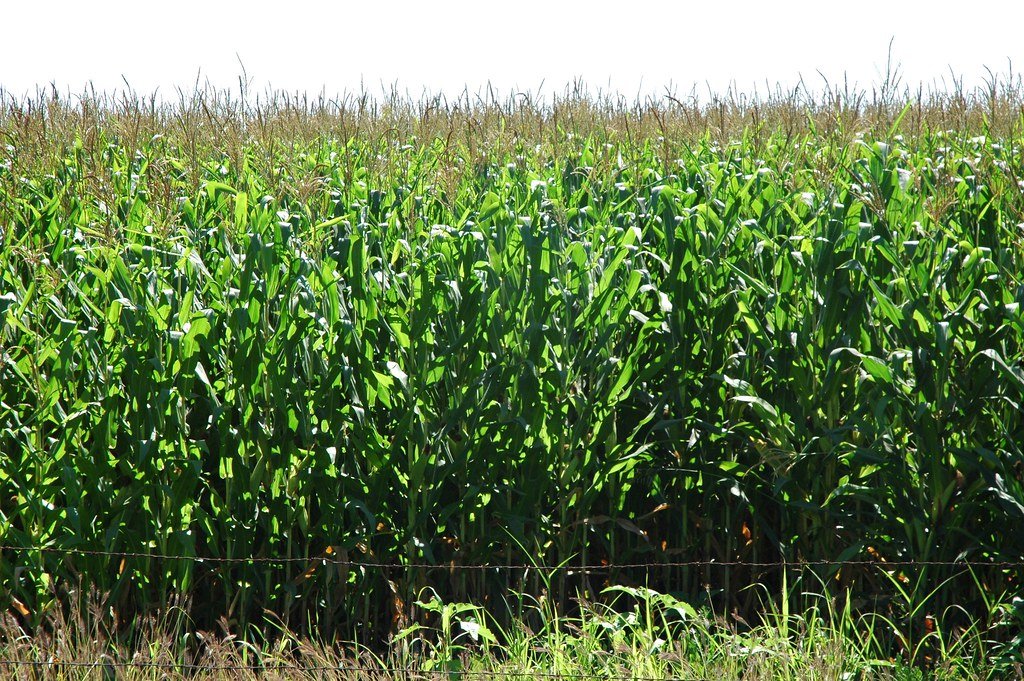
Scientists have now developed corn varieties with enhanced nutritional profiles that would amaze ancient farmers. High-lysine corn addresses protein deficiencies, while high-oil varieties provide essential fatty acids. Some experimental varieties even produce beta-carotene, giving them an orange color and additional vitamin A content.
These modern nutritional modifications represent the latest chapter in corn’s ongoing genetic transformation. Just as ancient farmers selected for larger kernels and better yields, contemporary researchers are selecting for specific nutritional compounds that can address modern dietary needs and global malnutrition challenges.
Environmental Adaptations That Showcase Genetic Flexibility

Corn’s genetic malleability has allowed it to adapt to virtually every agricultural environment on Earth, from tropical rainforests to semi-arid plains. This adaptability stems from the genetic diversity that accumulated during thousands of years of human selection in different environments.
Some varieties can tolerate drought conditions that would kill most other crops, while others thrive in waterlogged soils. This environmental flexibility demonstrates how human-directed evolution has created a plant with far more genetic versatility than its wild ancestor ever possessed. We’ve essentially created a super-adaptable crop that can survive in conditions where teosinte would quickly perish.
The Pollinator Relationship Transformation

Unlike many crops that depend on bees or other insects for pollination, corn has evolved a wind-pollination system that produces massive amounts of pollen. This change likely occurred because early farmers selected for plants that produced more kernels, regardless of how they achieved successful pollination.
This shift to wind pollination represents another way that human selection pressure has overridden natural evolutionary patterns. In nature, wind pollination is typically less efficient than insect pollination, but corn produces so much pollen that it compensates through sheer volume. We’ve created a plant that essentially brute-forces its way to reproductive success.
Global Spread and Continued Evolution

When European colonizers brought corn to other continents, the plant continued evolving under new selection pressures from different human populations and environments. Asian varieties developed different flavor profiles and cooking characteristics, while African varieties adapted to local soil conditions and climate patterns.
This global spread demonstrates that corn’s genetic transformation is far from complete. Each new environment and human population continues to shape the plant’s evolution, creating an ever-expanding library of genetic diversity. Today’s corn varieties represent thousands of years of collaborative evolution between humans and plants across virtually every continent.
The Unexpected Consequences
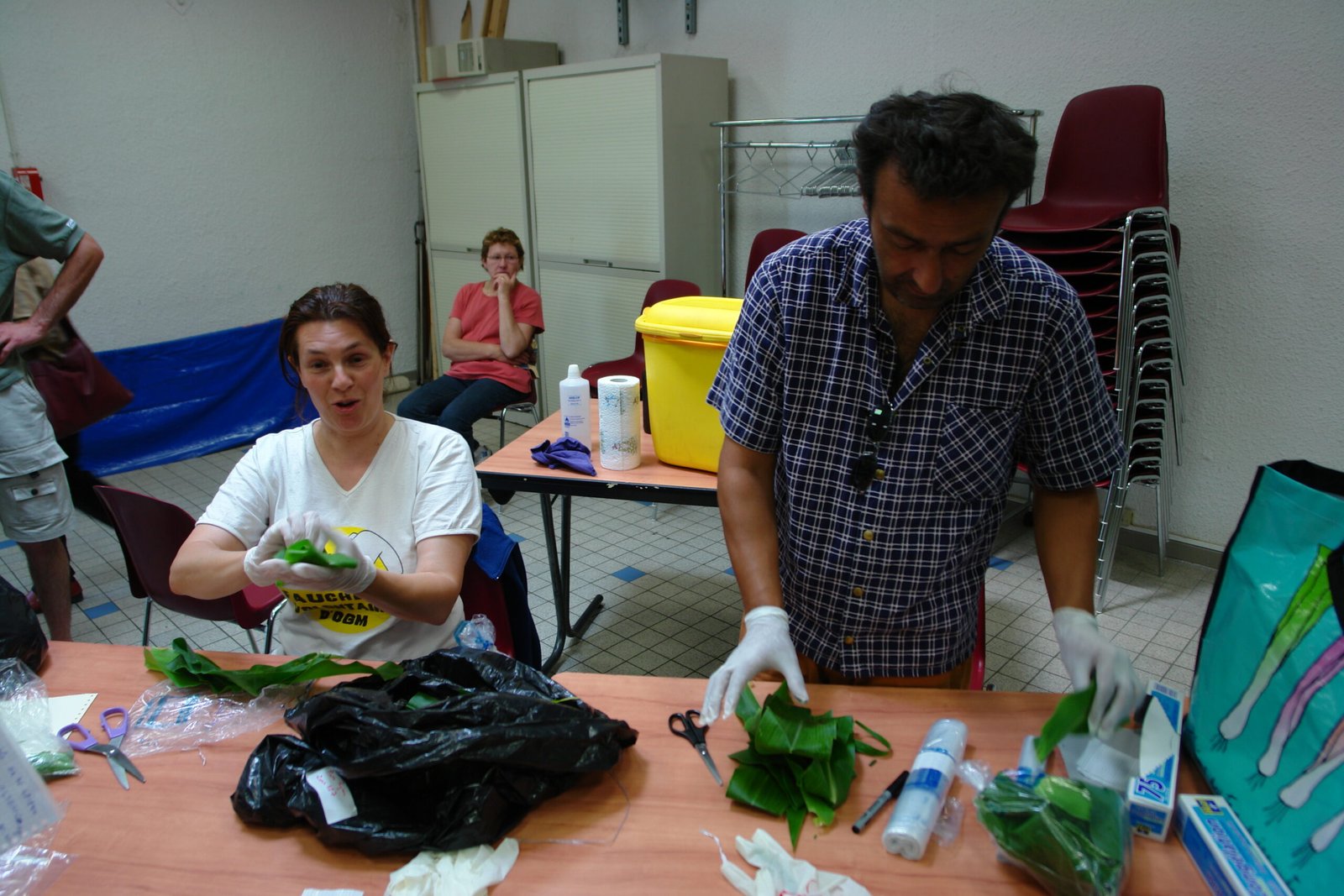
Our accidental genetic experiment with corn has created some unintended consequences that ancient farmers never could have anticipated. Modern corn’s genetic uniformity makes it vulnerable to diseases that could potentially devastate global food supplies. The plant’s complete dependence on human cultivation means that preserving genetic diversity requires constant human intervention.
Additionally, corn’s incredible productivity has made it a dominant crop that sometimes displaces other important food plants, reducing overall agricultural biodiversity. The same genetic modifications that make corn an efficient food source also make it an environmental concern when grown as a monoculture across millions of acres.
The Living Laboratory Continues

Today’s corn represents one of humanity’s most successful genetic experiments, but the laboratory remains open. Scientists continue developing new varieties with enhanced traits, while traditional farmers in places like Mexico still maintain ancient varieties that preserve genetic diversity accumulated over millennia.
This ongoing evolution means that corn’s story is far from over. Current research into drought resistance, nutritional enhancement, and climate adaptation suggests that future corn varieties might be as different from today’s plants as modern corn is from its teosinte ancestor. We’re still participants in a genetic experiment that began thousands of years ago and shows no signs of slowing down.
The humble kernel of corn sitting in your pantry represents one of the most dramatic genetic transformations in agricultural history. What began as a desperate attempt by ancient peoples to extract nutrition from an nearly inedible wild grass has become a testament to human ingenuity and patience. We’ve accidentally created a plant that couldn’t survive without us, while simultaneously becoming dependent on it for global food security. This symbiotic relationship between humans and corn continues to evolve, reminding us that sometimes the most profound scientific discoveries happen not in laboratories, but in the patient hands of farmers working generation after generation to coax a little more food from the earth. Who would have thought that prehistoric hunger could lead to such sophisticated genetic engineering?

